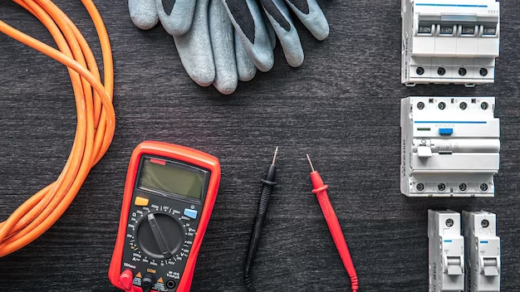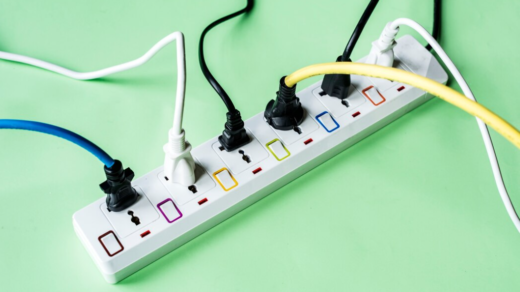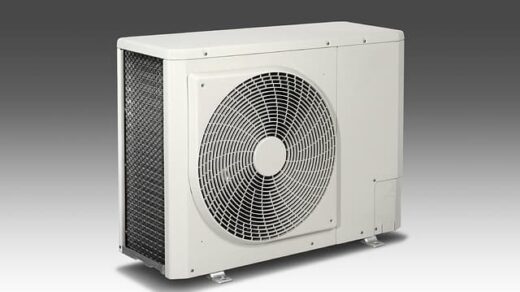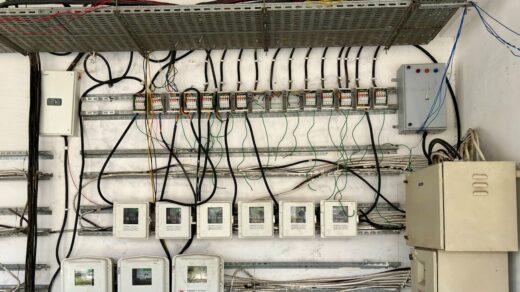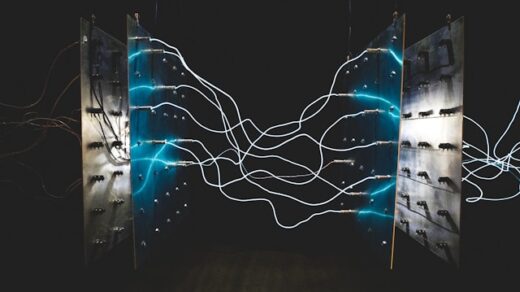Electrical raceways, often viewed as the unsung heroes of electrical systems, are crucial channels that safely house and route electrical wiring within a structure. These channels, made of either metallic or non-metallic materials, provide a shielded pathway for wires, cables, and other conductors. By acting as a protective conduit, raceways ensure that the integrity of the wiring remains uncompromised, especially from external factors like moisture, dust, or accidental damage. Their role in modern construction, from homes to skyscrapers, is indispensable, ensuring that electrical systems are both safe and efficient.
Importance of Raceways in Electrical Systems
Raceways aren’t just about protection; they’re about proactive management of electrical installations. By providing a designated pathway for each wire or cable, they reduce the risk of overlaps, tangling, and confusion – common challenges in complex electrical setups. This organization is crucial not only during the initial installation but also during maintenance or system upgrades. A properly installed raceway system ensures that technicians can quickly identify, access, and address any issues, reducing downtime and improving overall system reliability. As the world becomes more interconnected, with buildings housing sophisticated electrical systems, the significance of robust raceway systems only grows.
Common Types of Raceways
While at first glance, all raceways might seem similar, each type is meticulously designed for specific scenarios:
- Conduits: These can be visualized as protective tubes, either rigid or flexible, catering to different installation needs. For instance, flexible conduits are ideal for areas with tight bends;
- Ducts: Usually more substantial than conduits, they’re built for heavy-duty tasks. They often serve large commercial setups where power and communication cables run aplenty;
- Trunking: A user-friendly option, trunking systems stand out with their removable sides, making wire installations, inspections, or changes remarkably streamlined;
- Cable Trays: Often seen in industrial setups, these are akin to “shelves” for cables, facilitating ventilation, easy identification, and access.
Key Advantages of Using Raceways
Beyond the fundamental protection they offer, raceways bring a plethora of advantages:
- Protection: They act as a fortress against potential physical damage, environmental factors, and even fire hazards, given their fire-resistant variants;
- Organization: In large setups with myriad wires, raceways are akin to highways, segregating and routing each “vehicle” efficiently;
- Aesthetics: Nobody likes a jumble of wires. Raceways elegantly conceal them, rendering spaces sleek and professional;
- Flexibility: With evolving tech needs, wiring systems aren’t static. Raceways, especially the likes of trunking, ensure that adapting to changes isn’t a Herculean task.
Factors to Consider When Choosing a Raceway
Selecting the right raceway isn’t just about size or type; it’s an informed decision based on several considerations:
- Material: Metallic raceways, for instance, are grounded, reducing electromagnetic interference. Non-metallic ones, on the other hand, might be more suited for corrosive environments;
- Size: It’s not just about fitting the current cables. Always factor in potential future additions;
- Type: Depending on your requirements for protection versus accessibility, there’s a raceway out there tailored for you;
- Location: Outdoor raceways, for instance, need to withstand environmental factors, while indoor ones might prioritize ease of access.
Comparison Between Different Raceway Types
| Raceway Type | Material | Best Used For | Accessibility | Protection Level |
|---|---|---|---|---|
| Conduit | Metallic/Non-metallic | Underground/Exposed areas | Low | High |
| Duct | Mostly metallic | Larger installations | Moderate | High |
| Trunking | Metallic/Non-metallic | Offices/Commercial spaces | High | Moderate |
| Cable Tray | Metallic | Industrial areas | High | Moderate |
Video Guide
If you still have questions, we suggest you watch the video we have prepared for you. Enjoy watching it!
Conclusion
Raceways are pivotal in the electrical domain, ensuring the safety, organization, and longevity of wire installations. Their types, materials, and functionalities cater to various needs, making them indispensable for both domestic and industrial setups. Proper knowledge and selection of the apt raceway type can greatly enhance the efficiency and security of any electrical system.

